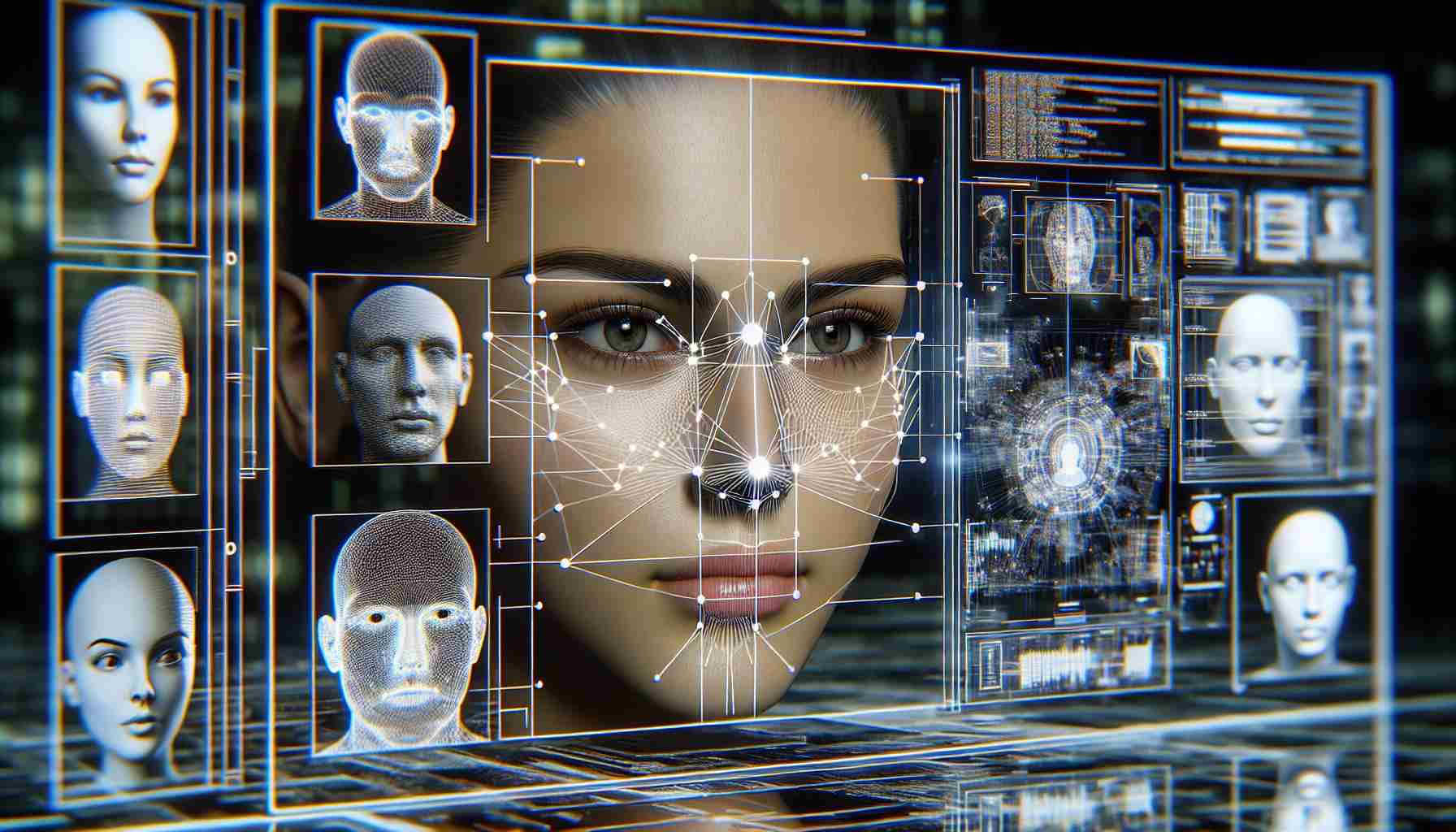
Facial Recognition Technology: The New Normal
Recent Discoveries
After recent investigations, it has been revealed that a major retail chain, Bunnings, was found to be in violation of privacy laws for implementing biometric technology without customer consent. However, this incident sheds light on a much wider trend in the retail sector.
Ubiquitous Technology
Facial recognition technology is becoming increasingly prevalent in various industries, including retail, security, and even social media platforms. Companies are capitalizing on this advanced technology to streamline operations and enhance customer experience.
Privacy Concerns
The use of facial recognition technology has sparked debates surrounding privacy rights and data protection. Many consumers are voicing their concerns about the potential misuse of their personal information, urging for stricter regulations and transparency from businesses.
A Call for Action
As more cases of unauthorized biometric data collection come to light, there is a growing demand for comprehensive regulations to govern the use of facial recognition technology. Organizations are being urged to prioritize transparency and obtain explicit consent from individuals before implementing such technologies.
Looking Ahead
While the convenience and efficiency of facial recognition technology are undeniable, it is essential for businesses to prioritize ethical practices and respect consumer privacy. As we navigate this new technological landscape, it is crucial for industry players to strike a balance between innovation and safeguarding individual rights.
New Frontiers in Facial Recognition Technology
Amid the rapid advancements in facial recognition technology, there are several key questions that arise, shedding light on both the potential benefits and ethical dilemmas associated with its widespread adoption.
Key Questions:
1. How reliable is facial recognition technology in terms of accuracy and bias?
2. What are the implications of using facial recognition in law enforcement and surveillance?
3. How can businesses ensure the secure storage and protection of biometric data collected through facial recognition?
4. What are the potential societal impacts of normalizing facial recognition technology in everyday life?
Answers and Insights:
1. Accuracy and Bias: While facial recognition technology has made significant progress in accuracy, studies have shown that it can still exhibit bias, especially against certain demographics. Addressing these issues is crucial to ensure fair and unbiased decision-making.
2. Law Enforcement and Surveillance: The use of facial recognition in law enforcement raises concerns about individual rights, potential misidentifications, and the risk of widespread surveillance. Striking a balance between public safety and civil liberties remains a significant challenge.
3. Data Security: Businesses must prioritize robust cybersecurity measures to safeguard the biometric data collected through facial recognition. Encryption, access controls, and regular audits are essential to prevent data breaches and misuse.
4. Societal Impacts: The normalization of facial recognition technology has implications for privacy, social interactions, and notions of personal identity. Debates on consent, autonomy, and public trust in technology continue to shape public discourse.
Advantages and Disadvantages:
Facial recognition technology offers numerous advantages, including enhanced security, personalized customer experiences, and operational efficiency. However, its disadvantages include privacy risks, potential misuse for surveillance purposes, and concerns about data security and transparency.
As businesses and policymakers grapple with these complex issues, a nuanced approach is needed to harness the benefits of facial recognition technology while mitigating its risks. Transparency, accountability, and ethical considerations should guide the development and deployment of these technologies.
For further insights and developments in facial recognition technology, you can explore Forbes, a reputable source covering technology trends and innovations in the digital landscape.

















